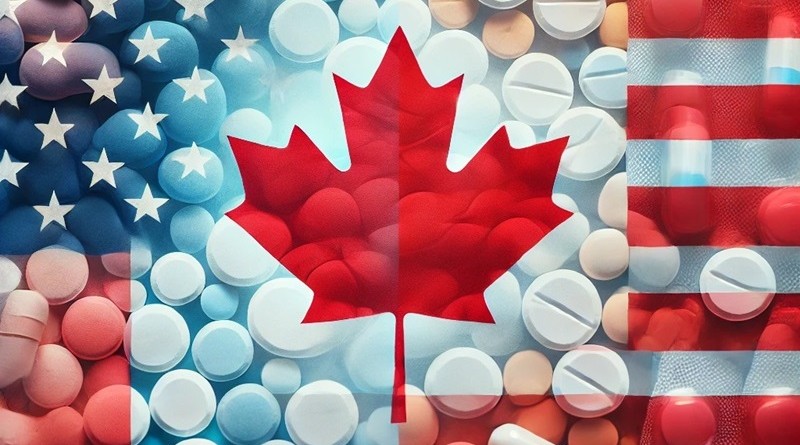Canadian Pharma Faces Uncertainty with US Tariffs
The recent announcement by President Donald Trump regarding the imposition of a 25% tariff on all imported goods, including pharmaceuticals, has raised significant concerns within the Canadian pharmaceutical manufacturing industry. This development threatens to disrupt the longstanding tariff-free trade that Canadian pharmaceutical exporters have relied upon, particularly with the United States. The potential consequences of such tariffs are multifaceted, impacting national security, access to essential medicines, economic stability, and the integrity of existing trade agreements.
National Security Implications
The production and supply of medicines are integral to national defense strategies. The United States has identified its pharmaceutical supply chain as a critical vulnerability. Imposing tariffs on Canadian-manufactured medicines could disrupt the flow of essential drugs from a trusted ally, leading to increased dependence on suppliers from nations that may not align with U.S. interests. This shift could undermine U.S. national security by creating potential supply chain vulnerabilities.
Access to Essential Medicines
The Canadian pharmaceutical industry, represented by organizations such as the Canadian Pharmaceutical Manufacturers and Exporters Association (CPMEA), produces vital medications for both domestic use and export. In 2023, Canadian pharmaceutical exports to the U.S. exceeded $9 billion, underscoring the deep interconnection between the two markets. Any disruption in this trade relationship could result in shortages of critical medicines in the U.S., adversely affecting the health and well-being of American citizens who depend on these pharmaceuticals.
Economic Impact and Supply Chain Disruptions
The imposition of a 25% tariff on Canadian pharmaceutical exports poses a significant threat to the economic interests of Canadian producers. Such tariffs are likely to lead to supply disruptions in the U.S. market, exacerbating existing global concerns about drug shortages. The increased costs associated with these tariffs could make medications less affordable and accessible to patients in need.
Trade Agreements and Future Stability
Since 1995, Canada and the U.S. have engaged in various trade agreements facilitating barrier- and tariff-free trade in pharmaceutical products. The proposed actions by the Trump Administration raise concerns about the future stability of these agreements. To ensure the continued seamless trade of pharmaceuticals between the two countries, Canada may need to explore establishing a separate bilateral or side agreement to mitigate potential disruptions to the pharmaceutical supply chain.
Recent Developments
In response to the U.S. tariff announcements, the Canadian government has imposed a 25% tariff on $30 billion worth of goods imported from the United States. This move signifies a significant escalation in trade measures between the two nations.
Furthermore, the Bank of Canada has evaluated the potential impacts of U.S. tariffs, noting that Canadian exports are expected to react to price changes in line with historical patterns. The cost of tariffs is assumed to fully pass through into consumer prices over three years, with a larger decline in U.S. demand for Canadian exports anticipated.
The potential imposition of tariffs on Canadian pharmaceutical exports to the U.S. presents significant challenges, jeopardizing national security, access to essential medicines, and economic stability. It is imperative for both Canadian and U.S. authorities to engage in dialogue to address these issues and uphold the mutually beneficial trade relationship that has been established over the years.











